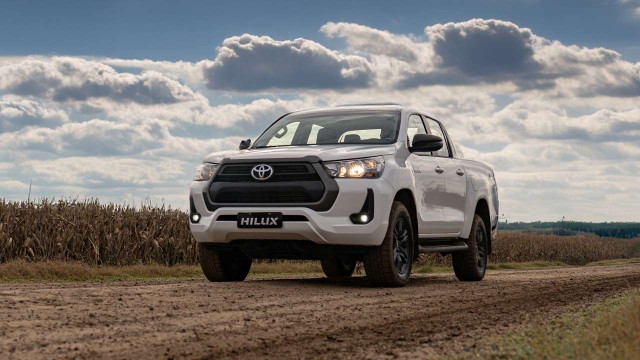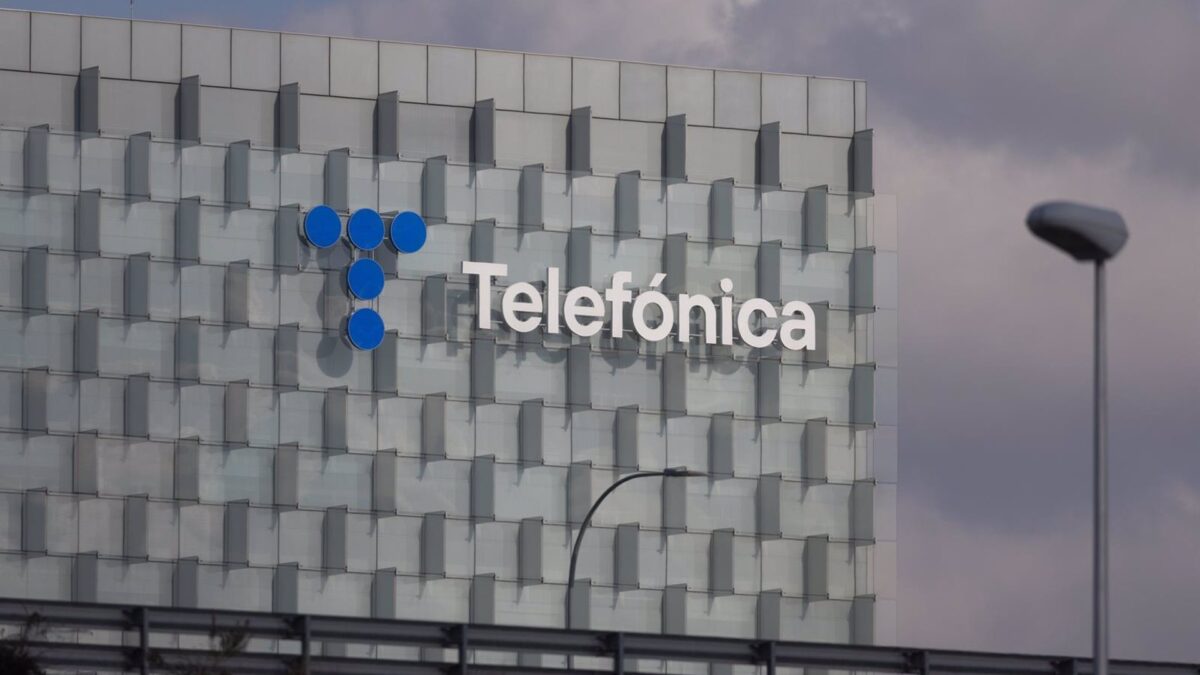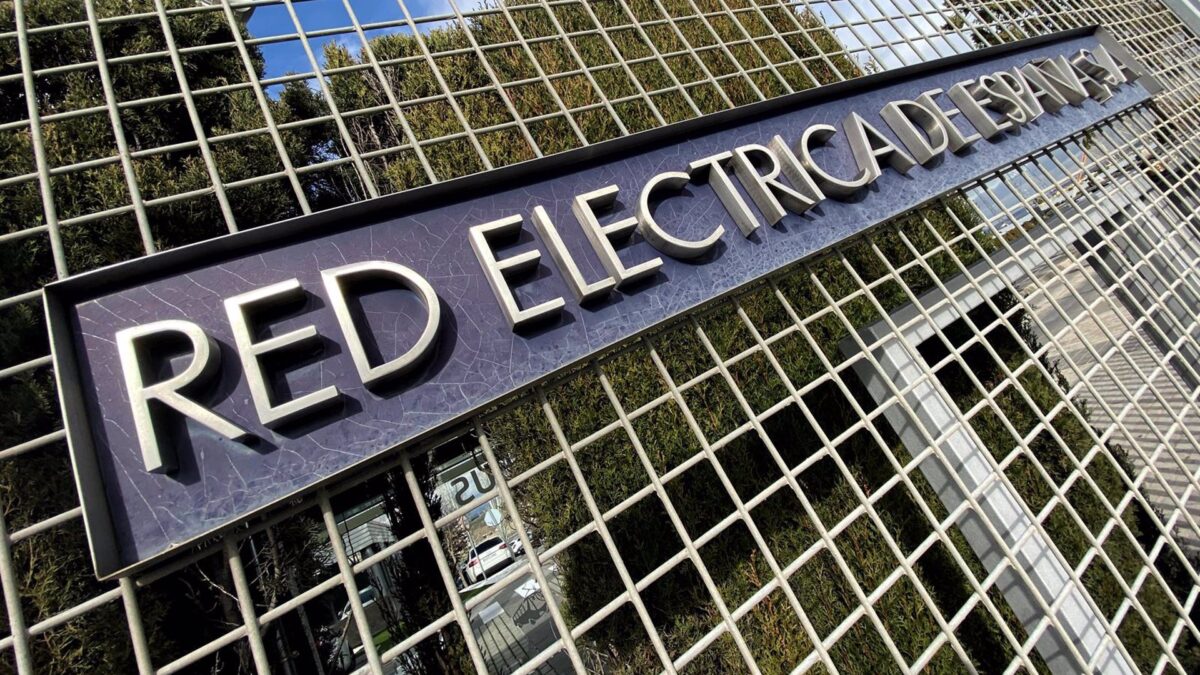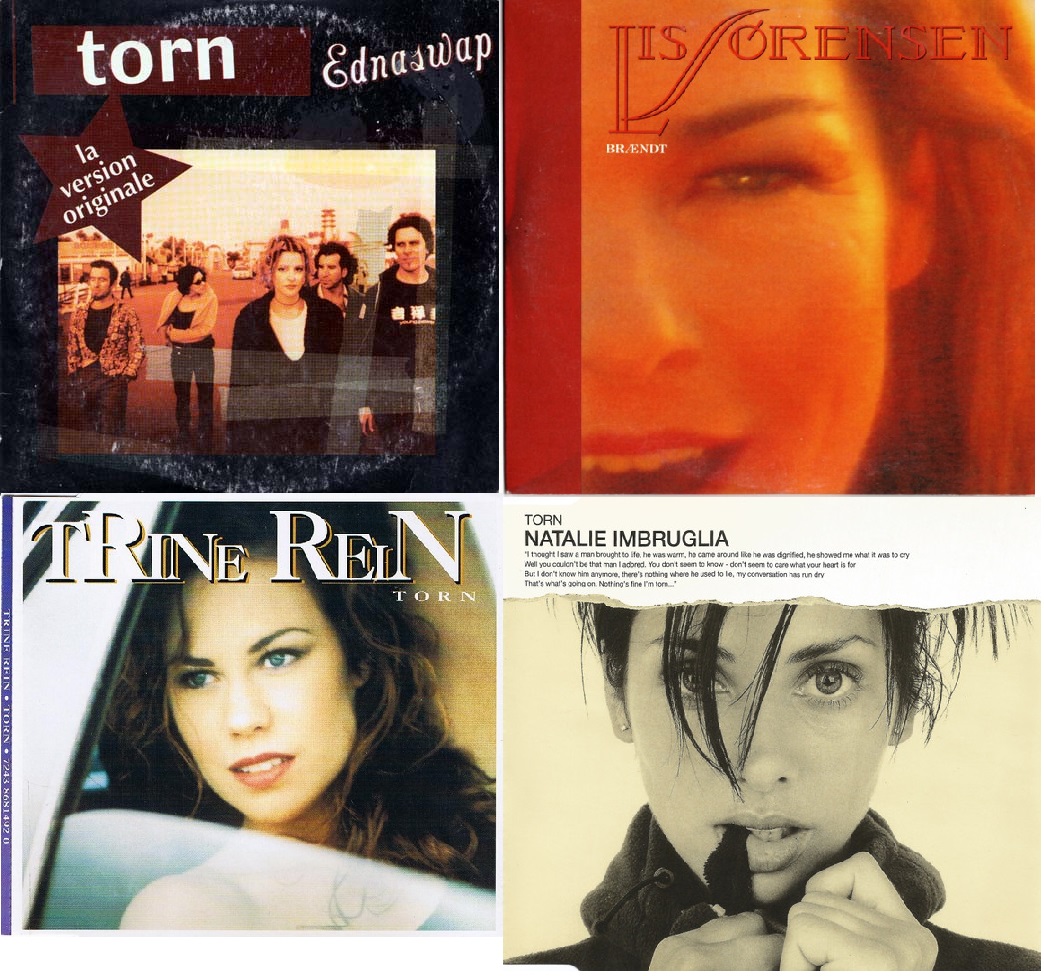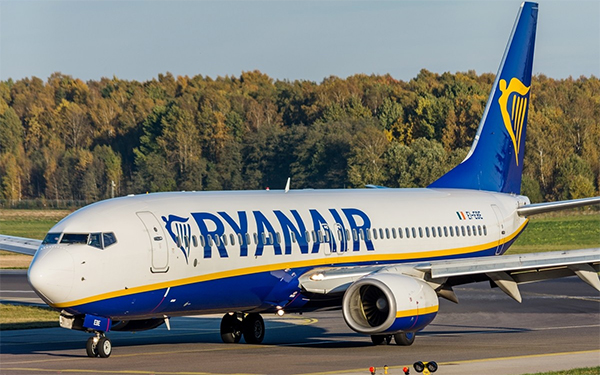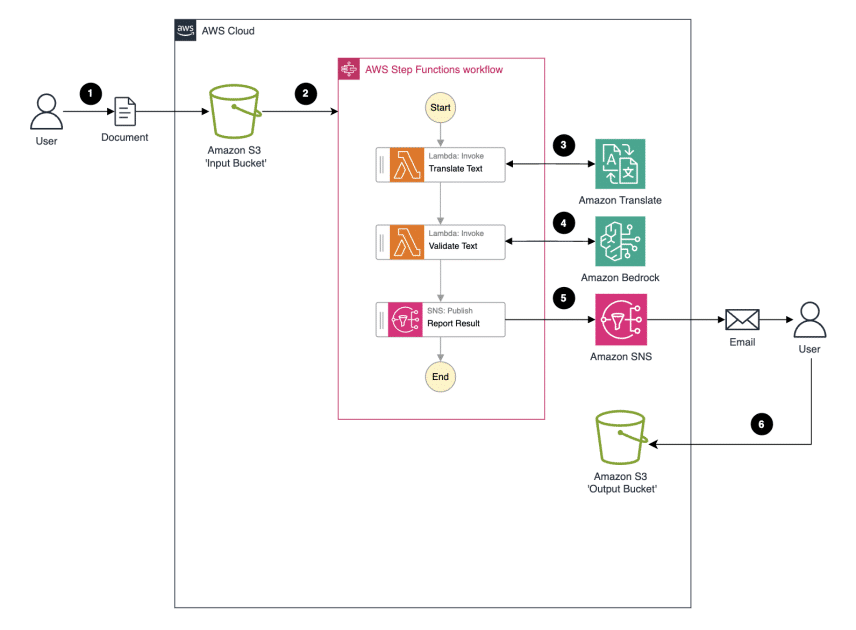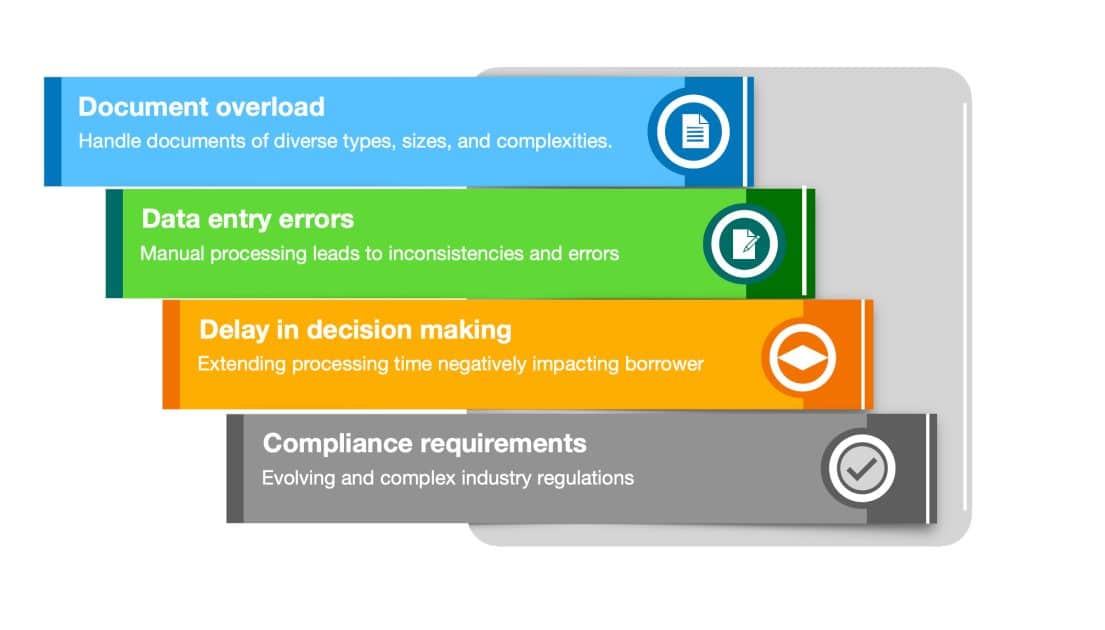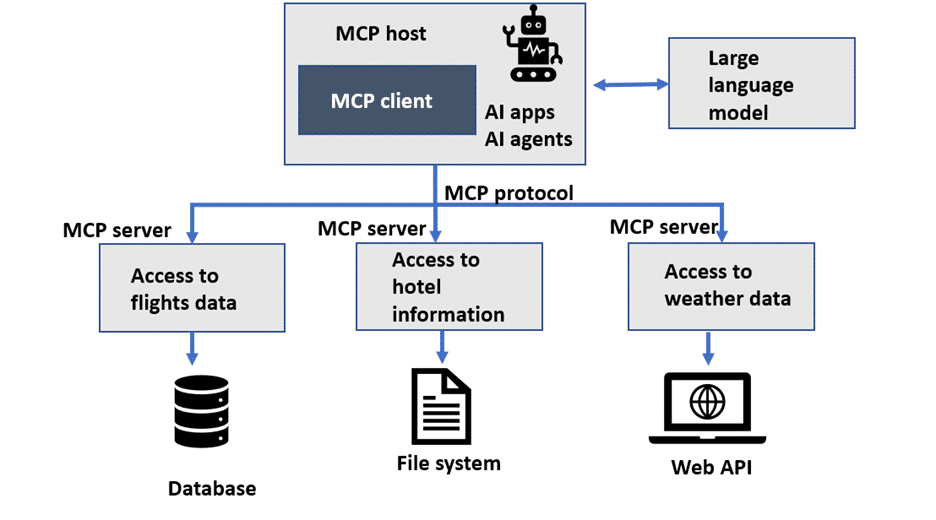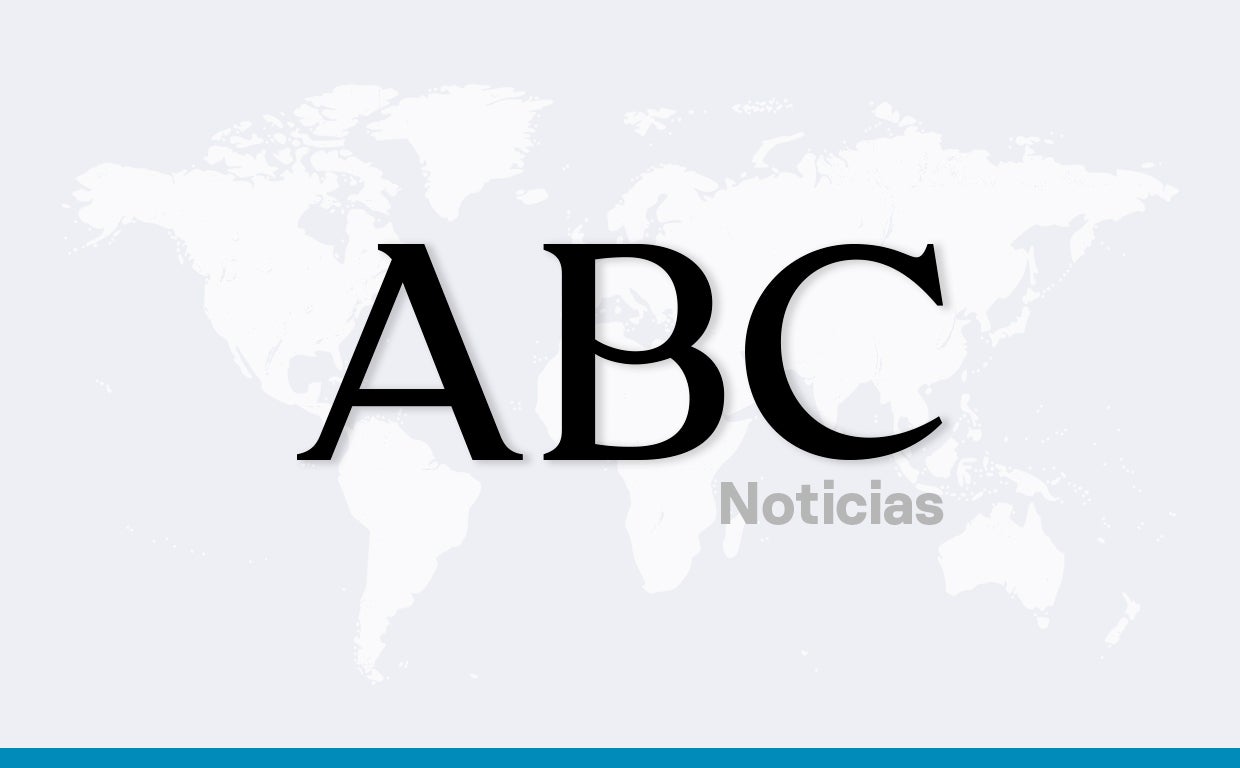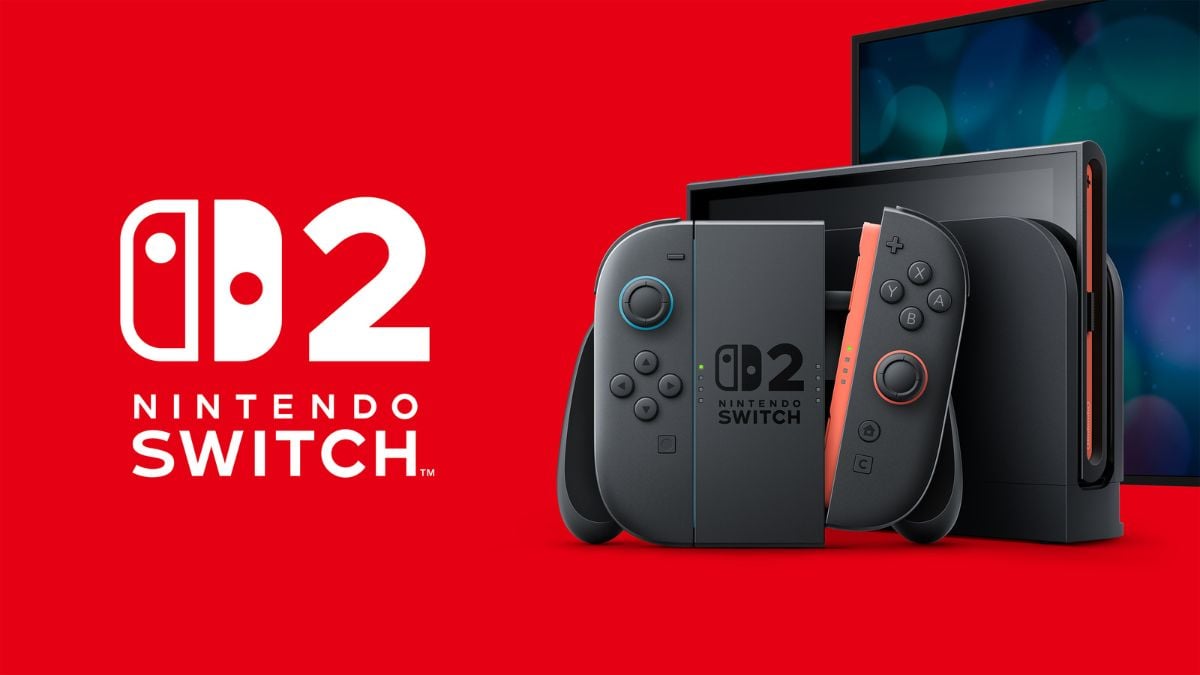The 5 areas where marketing uses automation the most (and how to implement it)
Marketing automation is not a futuristic trend: it is a competitive necessity in response to the responses that consumers demand
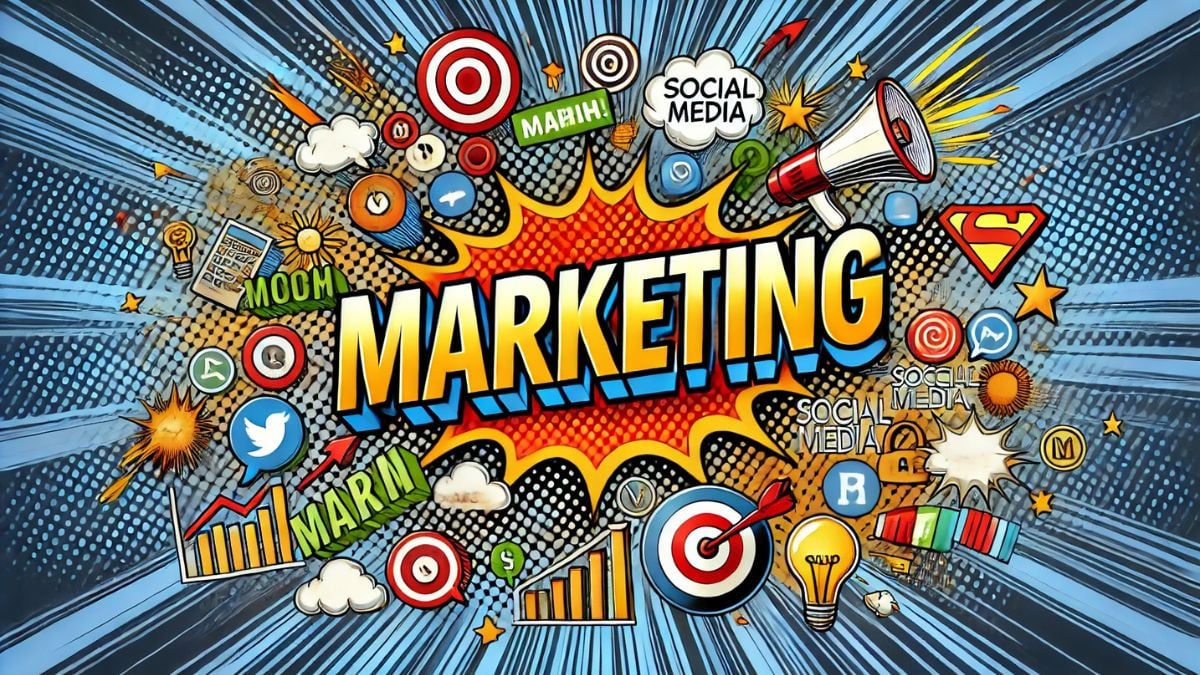

Marketing automation is no longer a futuristic trend: it’s a competitive necessity. As consumers demand faster responses, more personalized experiences, and consistent omnichannel communication, brands that fail to automate their processes risk falling behind.
According to a global survey conducted in February 2024 by Ascend2 and featured in the Marketing Worldwide report from Statista, automation is already deeply integrated into multiple areas of marketing strategies. The data reveals not only where it is applied, but also how leading marketers are implementing it.
READ ALSO. Top 10 Marketing Skills for 2025 (According to Global CMOs)
What are the top 5 areas where marketing automation is most used?
According to the survey, these are the main areas where marketing professionals are already using automation:
| Automation Area | % of marketers using it |
|---|---|
| Email marketing | 58% |
| Social media management | 49% |
| Content management | 33% |
| Paid advertising | 32% |
| SMS marketing | 30% |
Source: Ascend2
Each of these areas has not only seen massive adoption but also offers clear benefits in terms of efficiency, scalability, and ROI.
READ ALSO. How much do companies invest in marketing? Key facts
1. How is automation implemented in email marketing?
Email marketing tops the list, used by 58% of marketers. Its success lies in its ability to personalize messages at scale, automatically nurture leads, and improve conversions.
How to implement it:
- Use automation platforms like HubSpot, Mailchimp, or ActiveCampaign.
- Set up automated workflows for welcome emails, abandoned cart recovery, behavior-based newsletters, etc.
- Segment contact lists to send hyper-relevant content based on actions, interests, or customer journey stages.
- Automated A/B testing to optimize subject lines, send times, and content.
Expected result: Higher open rates, engagement, and conversions with less manual effort.
READ ALSO. What is the Mar-a-Lago accord, Donald Trump’s strategy for the global economy?
2. What benefits does automation offer in social media management?
Automated social media management is used by 49% of marketing professionals. It allows for consistent presence and optimized content publishing without daily intervention.
How to implement it:
- Schedule posts using tools like Hootsuite, Buffer, or Sprout Social.
- Automate basic replies using chatbots on Messenger, Instagram, and WhatsApp.
- Automatically monitor mentions and hashtags for effective social listening.
- Integrate automated paid social campaigns aligned with conversion goals.
Expected result: Improved operational efficiency, faster customer response, and continuous presence across multiple platforms.
READ ALSO. 10 Ultimate Tips for Your Content Marketing Strategy in 2025
3. How to optimize content management through automation?
Automated content management has been adopted by 33% of marketers. In an environment where content is king, automating its organization and distribution is essential.
How to implement it:
- Use Content Management Systems (CMS) like WordPress or HubSpot to schedule posts.
- Implement automated approval workflows for marketing teams.
- Use AI-powered content recommendation tools like PathFactory or Uberflip.
- Automate distribution on social media and newsletters from a single platform.
Expected result: Steady flow of quality content, reduced bottlenecks in review processes, and strategic multichannel distribution.
READ ALSO. 10 Google tips that are worth their weight in gold for your marketing strategy
4. What does automating paid advertising involve?
Automated paid advertising is used by 32% of professionals, especially on platforms like Google Ads, Facebook Ads, and LinkedIn Ads.
How to implement it:
- Set up automated campaigns based on goals (leads, sales, traffic) within the platforms.
- Dynamically optimize creatives based on real-time performance.
- Apply smart bidding to maximize conversions or ROAS.
- Use automated segmentation based on behaviors, interests, or lookalike audiences.
Expected result: Better use of ad budgets, lower acquisition costs, and greater scalability.
5. How to leverage automation in SMS marketing?
Although less mentioned, automated SMS marketing (used by 30% of marketers) is highly effective due to its high open and response rates.
How to implement it:
- Automate sending confirmations, promotions, or alerts via platforms like Twilio or Klaviyo.
- Set automatic reminders for appointments, payments, or renewals.
- Personalize messages with the client’s name and other dynamic variables.
- Integrate SMS with email marketing workflows for multichannel communication strategies.
Expected result: More immediate and personalized communication, ideal for short-term promotions or last-minute actions.
What other marketing processes are being automated?
Beyond the top 5 areas, other marketing functions where automation is already in use include:
- Campaign tracking (28%)
- Dynamic landing pages (27%)
- SEO efforts (22%)
- Lead scoring (17%)
These processes complement the main areas and allow for finer control across the entire customer journey.
How should your company prepare to automate marketing in 2025?
Marketing automation is no longer a luxury, but a survival and growth strategy. To maximize its potential in 2025, companies should:
- Identify the most repetitive and scalable processes.
- Invest in automation platforms suited to their size and goals.
- Train the team in strategic use of tools and data analysis.
- Always maintain a human and creative approach, to complement automation.
In short, automation doesn’t replace marketers, it frees them to focus on strategy, innovation, and creativity, while operational tasks are executed with technological precision.














